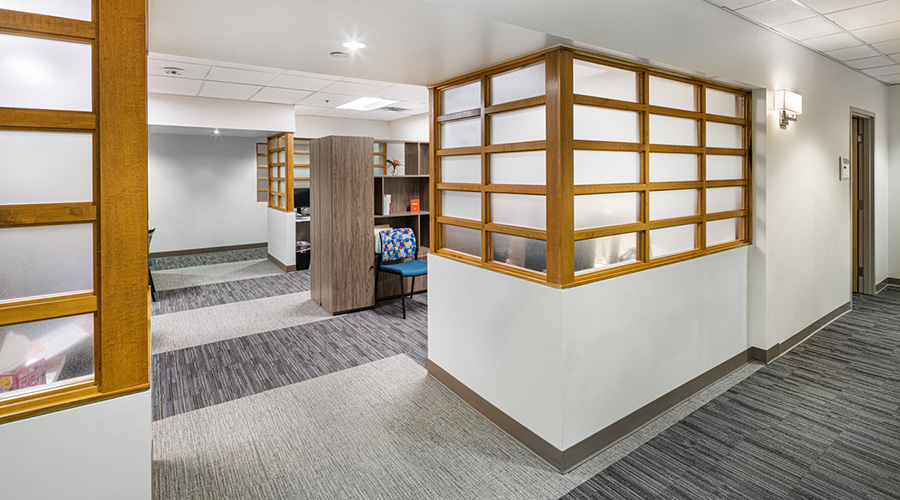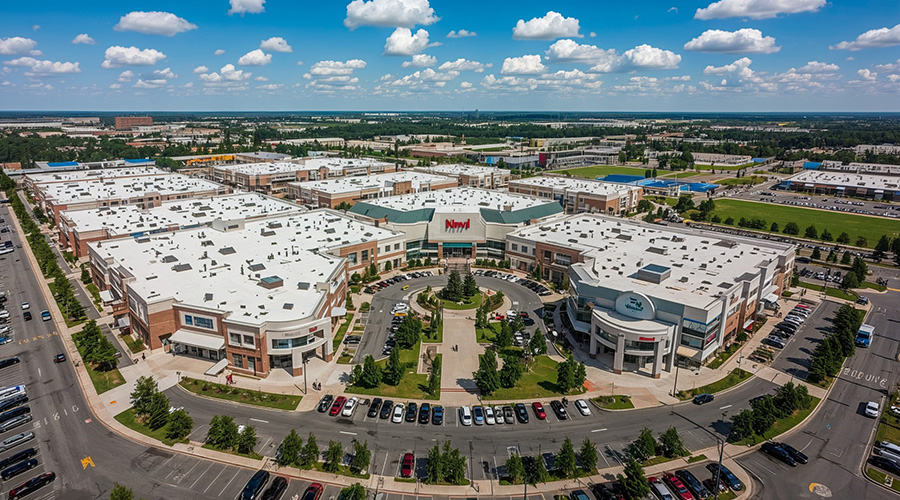The focus on customer-centric care and value-based reimbursements has led hospitals to see patient experience as a way to differentiate their services and improve patient satisfaction ratings. Hospitals are making investments in technology that improve care, support financial reimbursements, increase safety and reduce readmissions.
One way hospitals are meeting these objectives is an infrastructure that provides quality entertainment on high-definition televisions on par with what patients experience when they are at home or in a hotel room. Healthcare has joined the hospitality industry in recognizing that quality entertainment improves the experience and builds brand loyalty.
Hospital televisions offer a welcome distraction during a difficult time. While at home, people watch TV an average of six hours a day. In a hospital, TV viewing increases to almost 11 hours each day. Clinical experts agree that a patient’s hospital room plays a role in the healing process and overall satisfaction.
Steward Health Care System in Boston, with more than 2,000 beds, has invested more than $850 million in technology, including enhancements to the entertainment experience to promote a more home-like environment. The investment is paying off. Steward reported $30 million in savings in the Medicare Pioneer Accountable Care Organization (ACO) program in the first three years of the program. The hospital system is on the leading edge of making the ACO model work in Massachusetts by delivering better care at lower costs, and making sure the patient experience is convenient and comfortable.
“Patients look for amenities that provide the comforts of their home while away from home,” says Scott Kenyon, vice president of Environmental Management, Corporate Real Estate and Facilities. “Starting in their rooms, patients have the ability to access gaming consoles through the Samsung healthcare televisions and now we have introduced the ability for these patients to view their favorite TV shows and movies in high definition. We are generating an exceptional patient experience that combines social media and HDTV while fostering a new brand image for the hospital.”
Interactive education and engagement
The technology infrastructure to support quality entertainment also provides a platform to educate patients about their care, transforming bedside televisions into a valuable clinical resource. Interactive patient education systems (video on-demand and/or Internet-enabled units) are becoming integral to the patient and staff satisfaction standards in hospitals.
With evolving regulatory requirements from CMS, The Joint Commission, etc., on-demand education systems are quickly becoming valuable assets that improve efficiency of hospital personnel and boost patient satisfaction metrics. Televisions serve as the visual delivery method for complying with regulatory standards and documenting education that improves clinical outcomes.
For example, these systems automate the delivery of patient-specific medication education in multiple languages when medications are prescribed in the EMR. Nurses are immediately informed about what videos patients view and are prompted to discuss the medications and answer questions. These education events are also recorded in the EMR to easily track a patient’s education viewing history and comprehension.
A new way of learning
Over the past decade, technology has drastically changed the way we communicate and learn. Conventional printed materials given to patients are often not read or understood. Research has shown that interactive video-based learning increases comprehension by more than 50 percent and represents a paradigm shift that hospitals and patients are embracing. Using a multimedia approach in patient education also helps address literacy issues among diverse patient populations.
Patients and family members expect to be educated on their conditions and treatment. Tech savvy patients and caregivers are looking for solutions. Interactive patient engagement solutions and on-demand video systems meet both patient and facility needs by optimizing information and education at the patient point of care.
Hospitals are extending patient education and engagement to millions of patients and families beyond the walls of the hospital with condition-specific education and customized care plans on mobile devices. These investments lead to improve clinical outcomes and increased reimbursements based on driving down readmissions and other outcome measures.
Internet-based solutions
In the consumer marketplace, new Internet-based video streaming services such as Amazon Prime, Hulu and Netflix, are replacing conventional cable television services. The growing use of social media is also shifting how people are entertained and educated. Internet Protocol television (IPTV) is evolving as a standard that healthcare is embracing to develop patient services at the bedside.
Many hospitals, especially for new buildings, are adopting IPTV to deliver TV programming, along with video-on-demand, voice, and data services in patient rooms to entertain and educate patients. IPTV delivers HDTV programming through the computing network. The convergence of data and video networks alleviates the need to install and maintain a separate network infrastructure to support television signals through conventional coaxial cables and set-top boxes for each TV.
The “future proof” approach supports advanced patient engagement, such as displaying medical records on bedside televisions, and innovative healthcare services. This trend is an example of how hospital patient entertainment, education and engagement technology is leapfrogging the consumer market to deliver flexible, scalable and interactive solutions that meet the needs of hospitals today while anticipating future applications and requirements.
Healthcare grade televisions
While patients appreciate the wide-screen, crystal-clear HDTV picture, it is not the only technological detail that should be considered in your hospital’s television purchase. Healthcare-grade HDTVs offer a range of non-technical benefits to a facility as well, from space savings to better aesthetics and safety designs such as curved corner chassis and front-mounted speakers. Energy savings can be significant compared to older technologies. For example, a 100-bed hospital can save more than $15,000 over the lifetime of the sets.
HDTV prices have dropped considerably over the past few years, making them attractive to incorporate in a large scale deployment. Before you invest in HD televisions for your patient rooms, be mindful of the content format that your facility receives. A sharp, high-definition picture is achieved by your facility receiving HD-formatted content. Your technology partner can help the facility focus on the opportunities associated with compatibility, technology, and future broadcast standards.
With the ability to connect TVs and many other networked devices on the same unified IT and TV network, IPTV represents the future of television systems not only in hospitals but also in the consumer marketplace. This is one area where hospitals are “leapfrogging” the consumer market to create enhanced patient experiences. The investments into a single, unified IT and TV network streamlines and creates efficiencies for hospital IT support staff. With IPTV, a hospital’s branded content and digital signage can be delivered to networked devices and patient televisions throughout the hospital. The ability to stream media also provides patients with access to virtually unlimited programming.
Manufacturers design healthcare-grade televisions specifically for use in the hospital setting. Healthcare-grade televisions meet safety regulations set by The Joint Commission, the National Fire Protection Agency and the National Electrical Code agencies. They meet the more rigorous electrical standards in hospitals, and they are sturdier than consumer models. They also include numerous features designed to ease installation and ongoing patient satisfaction, such as volume-limit controls, multiple inputs for pillow speaker control, and front panel locking control. Facility managers benefit from set-up via USB cloning and decoding technology that ensures all satellite and cable channels meet Digital Rights Management technology. Only healthcare-grade TVs provide warranties that cover hospital use.
New opportunities in market-oriented health policy and practices are founded on “managed consumerism,” a blend of patient-centric focus on consumer-driven healthcare and the provider-centric focus of managed competition. The right investments in hospital television technology encompass solutions that address today’s patient satisfaction, education and quality of care opportunities while positioning hospitals to meet future patient/provider needs as they emerge.
Matt Barker is vice president of marketing and interactive solutions at TeleHealth Services.

 Joint Commission Standards: What Updates Matter Most?
Joint Commission Standards: What Updates Matter Most? Swinerton Completes Construction at Atlanta's Grady Hospital
Swinerton Completes Construction at Atlanta's Grady Hospital NY Governor Hochul Announces $300M in Funds for IT and Cybersecurity
NY Governor Hochul Announces $300M in Funds for IT and Cybersecurity Healthcare Is the New Retail
Healthcare Is the New Retail Bridgeway Behavioral Health Services Launches Campaign to Renovate Health Center
Bridgeway Behavioral Health Services Launches Campaign to Renovate Health Center